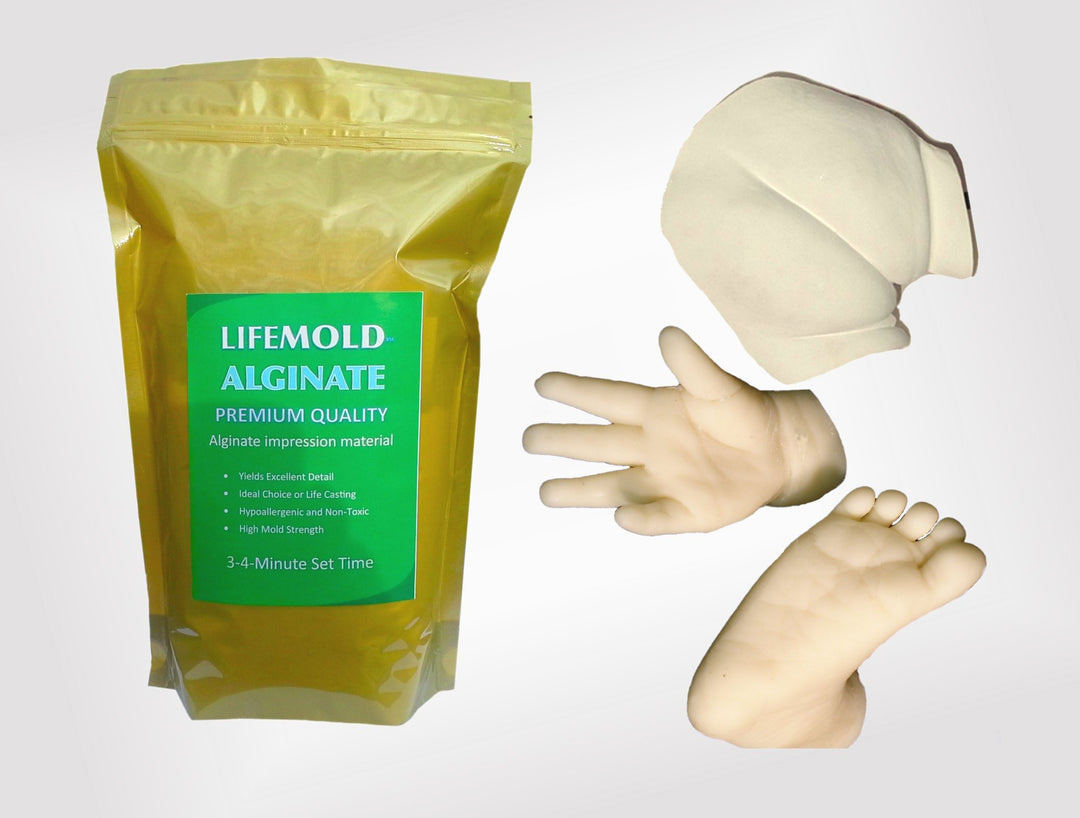SUBSCRIBE TO OUR BLOG
Subscribe to get special offers, free giveaways, and once-in-a-lifetime deals.Your days at the beach with a bucket and shovel making castles in the sand were child's play compared to what you'll see at sand sculpting events.
There, the massive, inventive, intricate works of art go so far beyond "sand castles." You'll never look at sand and water the same way again. (Keep reminding yourself—it is just sand and water.)
On Day One of a contest, a solo sculptor or "carver" is presented with a 10-ton pyramid of sand (two-person teams in doubles competition work with 20 to 25 tons).
Then, through a rigorous process of shoveling, packing, stacking and carving, a sculpture takes shape.
Spectators can watch it all -- from the first day "pound up" in which the sand is compressed, to the hours of carving with manual tools such as trowels, butter knives, tablespoons and drinking straws, plus some that the sculptors devise for themselves. (Dutch sculptor Wilfred Stijger's patented Willysphere -- inspired by the base of a wine glass -- makes perfect sand spheres.)
"The first question anyone asks us is what happens when it rains, but wind and sun are worse than rain when you're sculpting sand," says Rusty Croft, who with Kirk Rademaker is co-owner of Sand Guys International and co-hosted the Travel Channel series "Sand Masters." "We wet down the sculptures as we work. The surface tension of the water holds the sand together."
Finished sculptures may be sprayed with a solution of water and school glue to preserve them for long-term viewing.
Nevertheless, many sand sculpture events are held under tents or temporary shelters safe from the elements, and quite a few take place off the beach in parks and open spaces where sand is brought in especially for the event.







Leave a comment